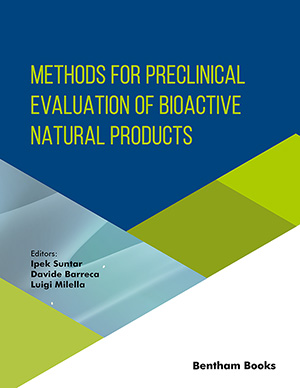Abstract
Thalidomide is a powerful treatment for inflammatory and cancer-based diseases. However, its clinical use remains limited due to its teratogenic properties, which primarily affect limb development. A prerequisite for overcoming these limitations is to understand the cellular and molecular mechanisms underlying thalidomide teratogenicity, which involve induction of oxidative stress, suppression of ubiquitin-mediated protein degradation and disruption of angiogenesis. Here, we discuss the hypothesis that thalidomide-induced limb teratogenicity is primarily based on the generation of nuclear oxidative stress with subsequent induction of transient apoptosis in the outgrowing limb bud. To this end, we establish a model of the signaling network regulating cell proliferation, survival and endogenous apoptosis-induction required for correct limb outgrowth and patterning. We then summarize data showing how thalidomide interferes with this signaling network: thalidomide inhibits the activity of the redox-sensitive transcription factor NF-κB, shifts the balance of fibroblast growth factors and bone morphogenetic proteins (Bmps) towards pro-apoptotic Bmps, and suppresses Wnt/β- catenin- and Akt-dependent survival signaling in the limb bud. Consequently, prechondrogenic precursor cells that determine skeletal elements are eliminated leading to the development of truncated limbs. We further discuss the involvement of thalidomide effects on ubiquitin-mediated protein degradation and angiogenesis in the induction of apoptosis in the limb bud. Finally, we discuss the paradox that the embryonic molecular pathology induced by thalidomide suggests this drug as a candidate for therapeutic application in idiopathic pulmonary fibrosis (IPF), a chronic and fatal lung disease characterized by downregulation of Bmp signaling, increased Wnt and Akt activity, and apoptosis resistance.
Keywords: Apoptosis, Bmp/Dkk1/Wnt, Fgf/Akt, idiopathic pulmonary fibrosis (IPF), limb development, oxidative stress, teratogen, thalidomide, angiogenesis, teratogenicity, cell proliferation, redox-sensitive, Bmps, FDA, T helper cell type 1, Wnt, Akt, embryopathy, DNA oxidation, PBN, ROS, CEFs, HEFs, MEFs, PLBCs, SOD, CAT, xenobiotics, GSH-precursor cysteine, GSH, transcription factors, Trx levels, AER, ZPA, MAPK, Mkp3, Dkk1, Bmp/Dkk1, limb, FLICE-inhibitory protein, Fas-Ligand, antibodies, twist expression, Fgf8 expression, PTEN activity, nuclear catenin, caspase activity, IRS-2 expression, antioxidants, isozymes, organogenesis, hydantoin, oxazolidinedione, embryo, IB-kinase, DNA, Fgf10 expression, PTEN, Okihiro syndrome, Erk-signaling, NADPH, CRBN, DNA Damage, CPS49, UIP, ECM, BALF, alveolar epithelium, NAC, DMSO, CMC




























